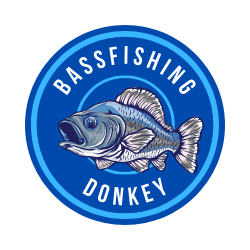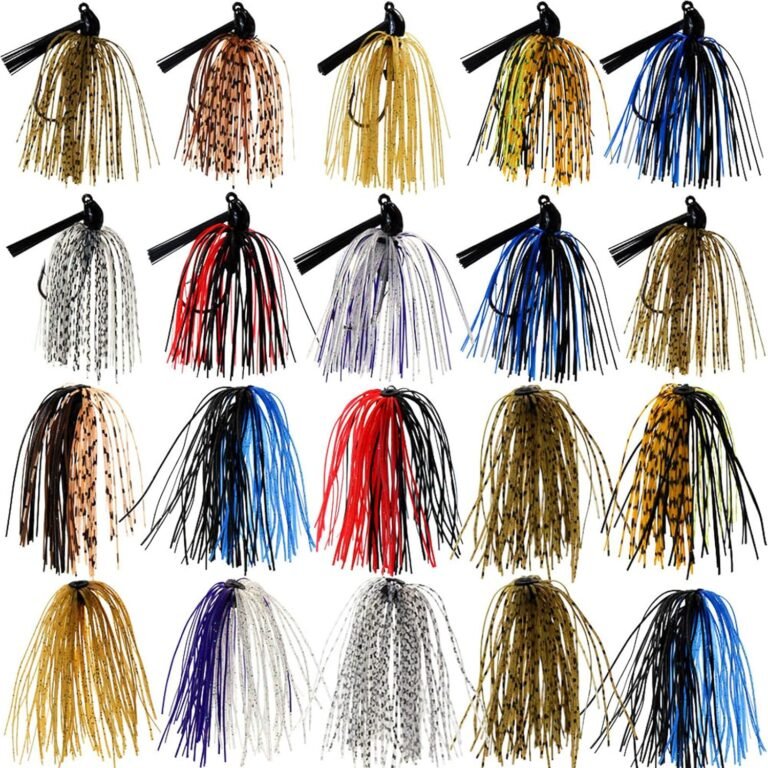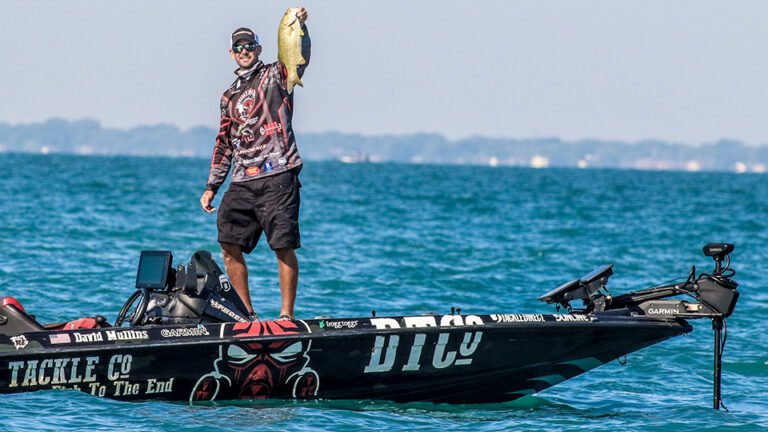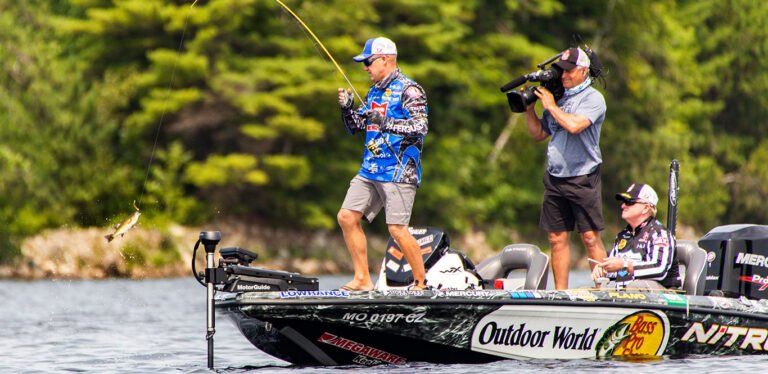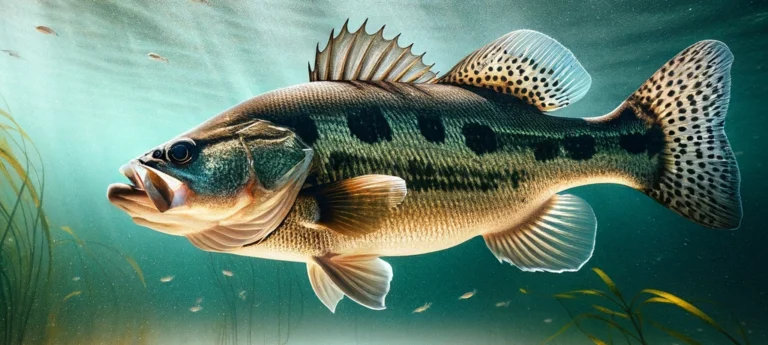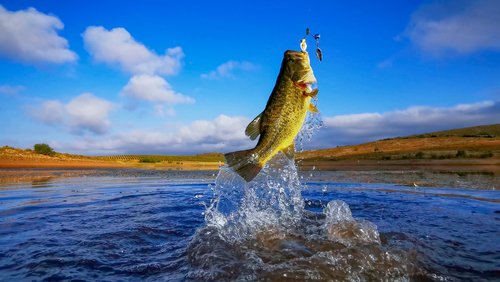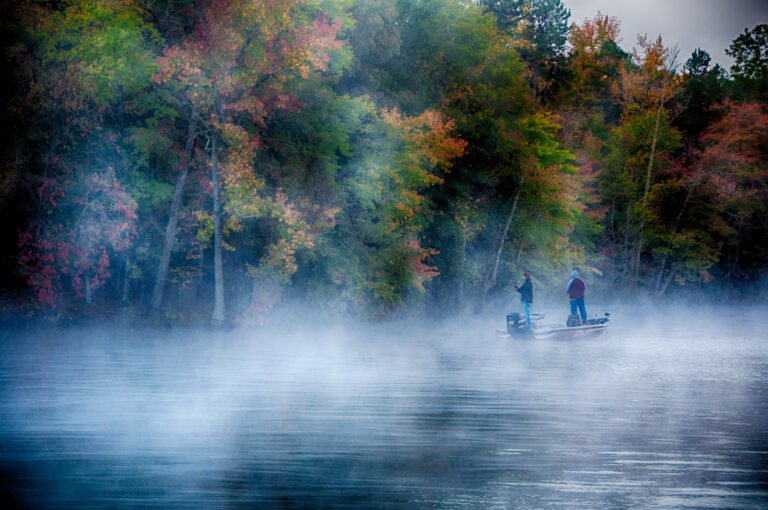During winter, bass behavior undergoes significant changes due to the colder water temperatures that affect their metabolism. Unlike the warmer seasons, when they are more active and aggressive, bass becomes sluggish and less apt to chase down fast-moving prey. So how do we approach winter bass fishing?
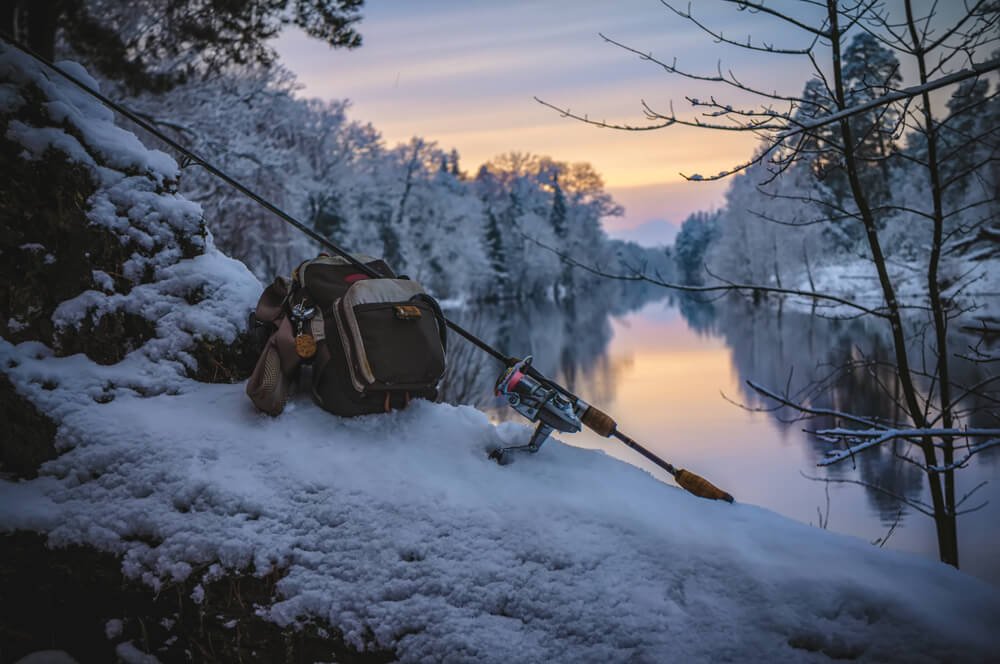
As the water temperature drops, their energy levels diminish, prompting them to conserve energy by reducing movement. Consequently, winter bass stays in deeper waters with relatively stable temperatures.
Furthermore, the slowing down of their metabolism means that bass feed less frequently during winter. They become selective in choosing their meals and opt for easy-to-catch prey items.
This change in feeding behavior is crucial for anglers to understand as it affects lure presentation and selection. By comprehending these alterations in behavior, anglers can adjust their fishing techniques accordingly and increase their chances of success.
Understanding movement patterns and feeding habits
Understanding the movement patterns of winter bass is vital for locating them effectively. Generally, bass migrate towards deeper waters during this season since it provides a more stable environment with consistent temperature gradients.
They seek areas such as drop-offs, submerged structures, or channels where they can find refuge from changing weather conditions. Feeding habits also play a crucial role in successfully targeting winter bass.
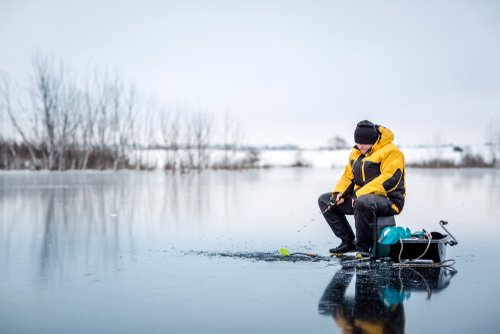
As mentioned earlier, sluggish metabolism causes them to be highly selective about what they eat during this period. Anglers must adapt using finesse techniques and appropriate bait choices that mimic natural food sources in cold-water environments.
Understanding the shift in their behavior, movement patterns, and feeding habits is key to honing the right strategies and using the best winter bass fishing lures. By leveraging this knowledge, anglers can increase their chances of landing that prized winter bass even when faced with challenging conditions.
Choosing the Right Location
Types of Water Bodies Suitable for Winter Bass Fishing
When it comes to winter bass fishing, selecting the right location is crucial for a successful outing.
Various types of water bodies offer excellent opportunities to target bass during the colder months.
Lakes, rivers, and ponds have unique characteristics that attract and hold bass during this time. Due to their size and depth, lakes are often prime locations for winter bass fishing.
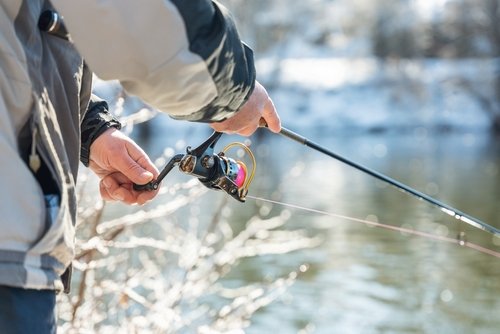
Large lakes with ample structure and cover provide numerous hiding spots and deeper water for bass seeking shelter from the cold. Look for areas with submerged timber, rock piles, or deep drop-offs as potential hotspots.
Additionally, pay attention to any inflows or outflows where water temperature fluctuations may concentrate fish. Rivers can also be productive in winter as they tend to have more consistent water flow than stagnant bodies of water like lakes.
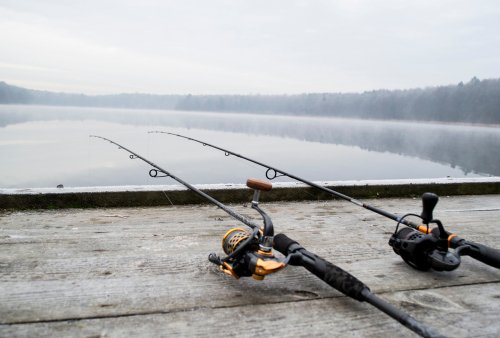
Ponds offer an intimate setting for winter bass fishing and can yield impressive results if approached strategically. Smaller ponds tend to freeze over quickly, so focus on larger ponds that maintain open water throughout winter.
Pay attention to areas with deeper pockets or channels where bass may congregate when temperatures drop. Additionally, consider ponds that receive warmer inflows from underground springs, which may attract more active fish.
Key Factors to Consider When Selecting a Location
Several factors should influence your decision-making when selecting a winter bass fishing excursion location. Understanding these key elements will significantly increase your chances of finding success on the water.
Water temperature determines where fish will be located during the colder months. Bass are cold-blooded creatures, becoming less active as water temperatures drop.
Therefore, it is essential to find areas with relatively warmer water. Focus on areas where sunlight is maximized, such as shallow bays or dark bottoms that absorb and retain heat.
Tackling the Cold Water Conditions
Insight into the effects of cold water on bass metabolism and activity levels
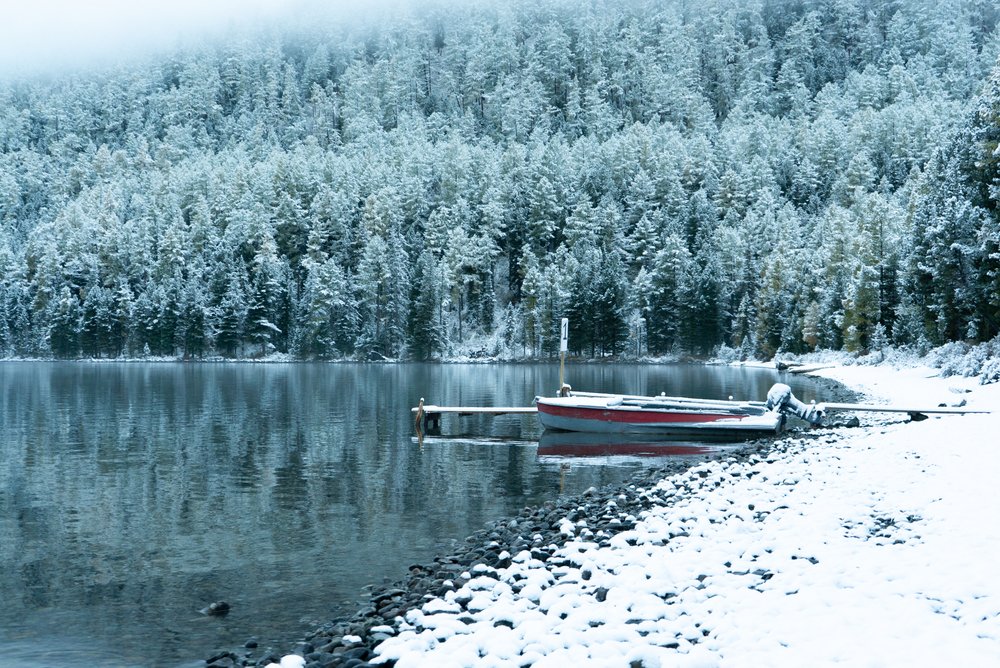
In winter, bass experience a significant decrease in their metabolic rate due to the colder water temperatures. The drop in their metabolism causes them to become less active compared to warmer months. As a result, anglers need to understand these changes and adjust their fishing techniques accordingly.
It is crucial to remember that passive bass will not chase fast-moving lures or aggressively strike at prey. Instead, they tend to conserve energy by preying on slower-moving targets.
Additionally, the cold water affects the feeding patterns of bass. In winter, their primary food sources, such as baitfish and crawfish, also become less active due to the colder conditions.
Consequently, bass tend to seek out smaller forage options that require less effort to catch. Understanding this shift in preference is essential when selecting appropriate winter bass fishing lures.
Tips for adjusting fishing techniques accordingly
To adapt to winter bass’ slower metabolism and feeding habits, anglers should employ specific techniques that entice bites under these challenging conditions. One effective technique is using slower presentations.
This involves slowing retrieval speeds and allowing lures or baits more time in front of sluggish fish. For example, when using crankbaits or spinnerbaits, retrieve at a pace that imitates an injured or dying baitfish rather than quick retrieves used during warmer seasons.
Using finesse baits can also be highly effective during winter bass fishing. Finesse baits include soft plastic worms, grubs, and small jigs rigged with delicate presentations resembling natural prey like worms or small insects.
Safety Considerations
While winter bass fishing provides unique opportunities, it poses potential hazards that must be addressed for a safe outing. Thin ice is one significant concern during this time of year, as freezing temperatures may not have uniformly solidified bodies of water. Check the ice thickness before venturing onto frozen lakes or ponds to avoid accidents or falling through thin ice.
Additionally, hypothermia is a real danger when exposed to cold temperatures for extended periods without appropriate protection. Recognizing the signs of hypothermia and taking preventative measures such as dressing warmly and staying dry is crucial in ensuring personal safety.
Tips for Staying Safe
To stay safe during winter bass fishing expeditions, it is important to follow some key guidelines:
1) Share your plans: Always inform someone about your intended location and expected return time.
2) Buddy system: Whenever possible, fish with a partner to provide mutual assistance in emergencies.
3) Carry safety equipment: Bring essentials like a first aid kit, ice picks (if you fall through the ice), and a whistle for signaling distress.
4) Stay vigilant: Continuously monitor weather conditions and be prepared to adapt or postpone your fishing plans if necessary.
5) Educate yourself: Equip yourself with winter fishing safety techniques and protocols to minimize risks.
Conclusion
Winter bass fishing presents anglers with unique challenges. Still, by employing effective techniques such as vertical jigging and slow rolling spinnerbaits, adapting retrieval speeds, dressing appropriately, and prioritizing safety considerations, you can have successful and enjoyable fishing experiences even in the coldest months.
With the right winter bass fishing lures, tips, and gear, your enthusiasm for this endeavor will be rewarded as you confidently face the elements. Embrace the serenity of winter fisheries while cherishing the opportunity to engage in your favorite pastime amidst nature’s quiet beauty.
